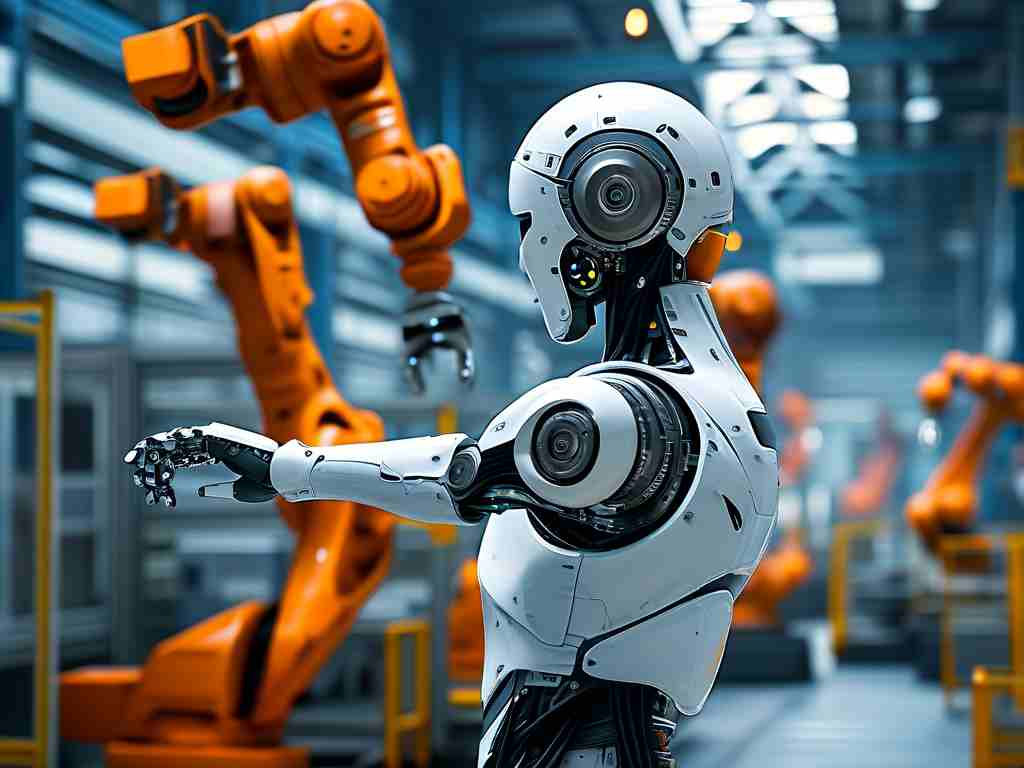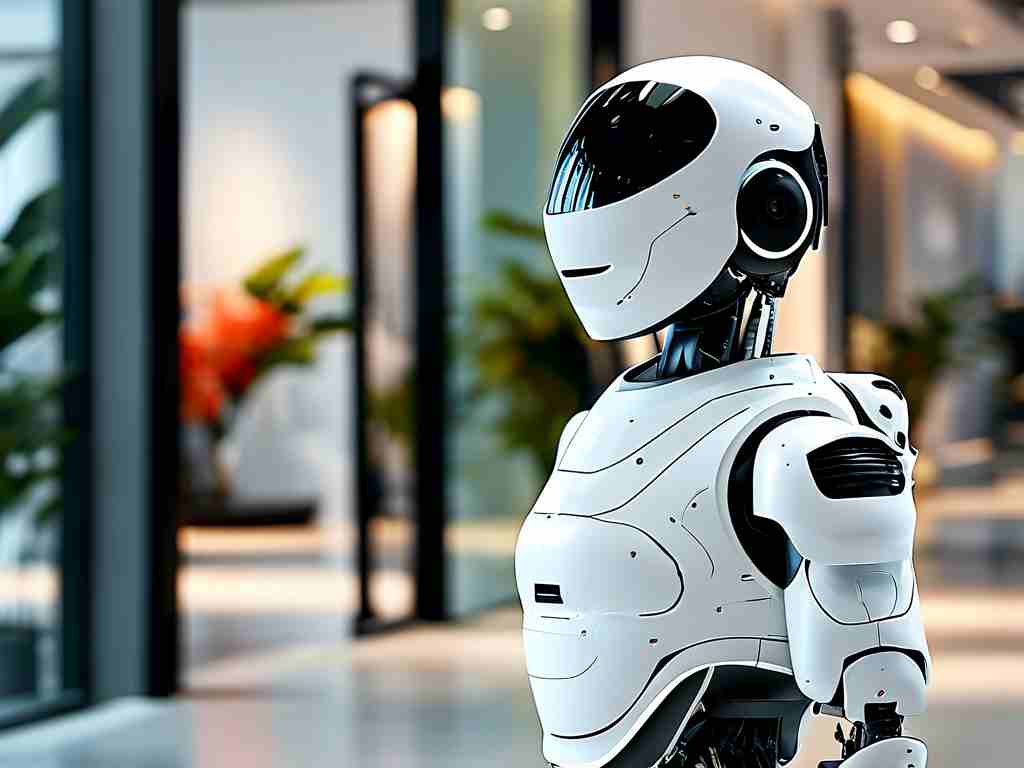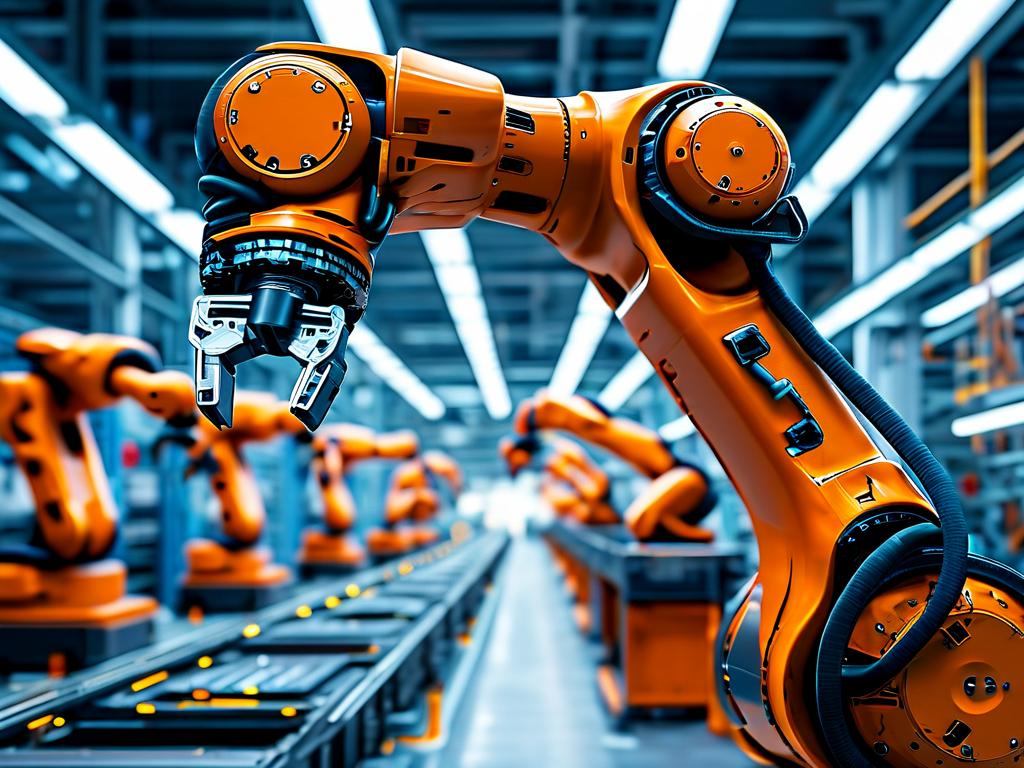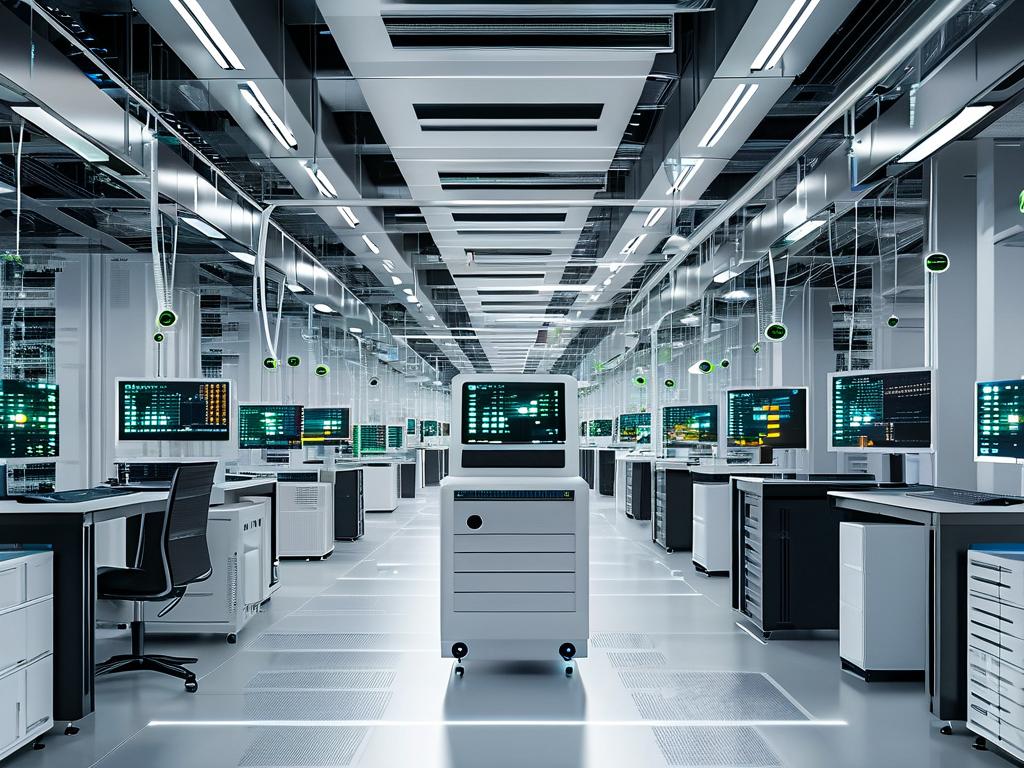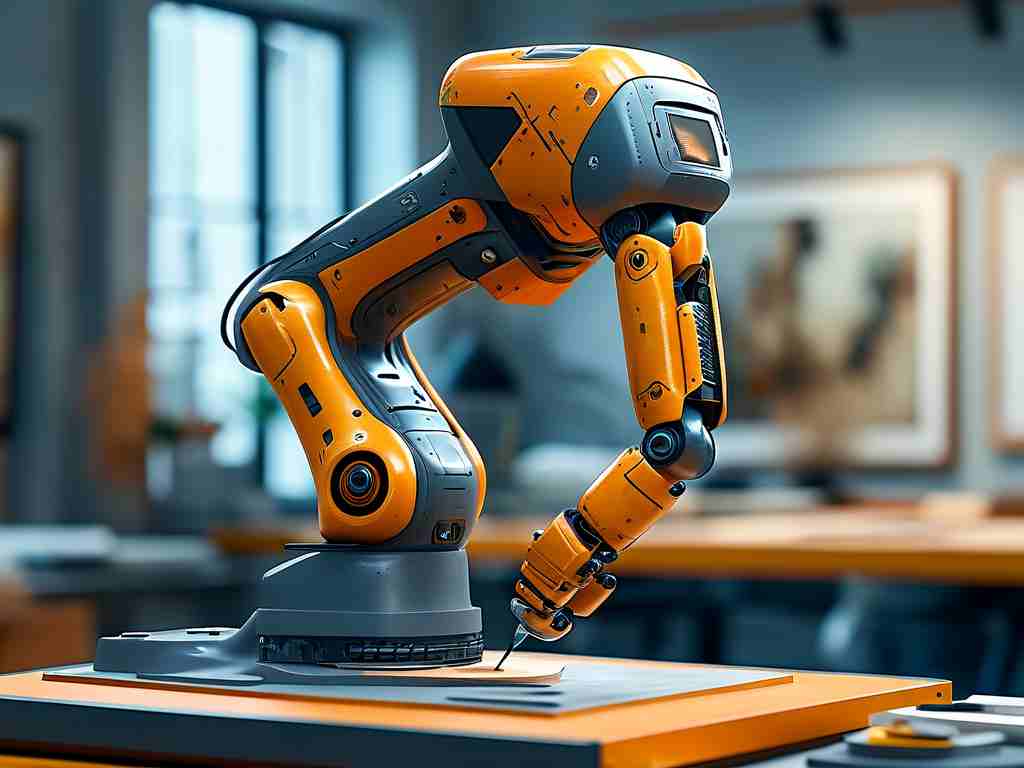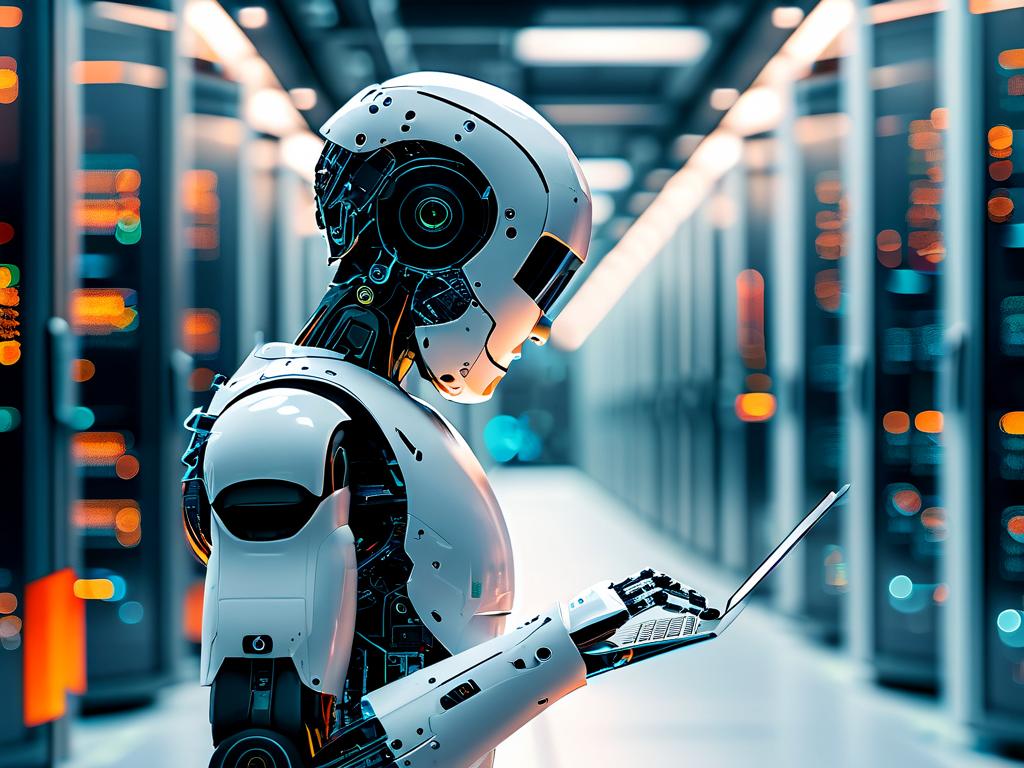Industrial robotics technology represents the integration of programmable machines designed to automate manufacturing processes. These systems combine mechanical engineering, electronics, and advanced software to perform tasks with precision, speed, and consistency. Unlike traditional machinery, industrial robots are adaptable, capable of being reprogrammed for multiple applications, and often operate in environments unsafe for humans.
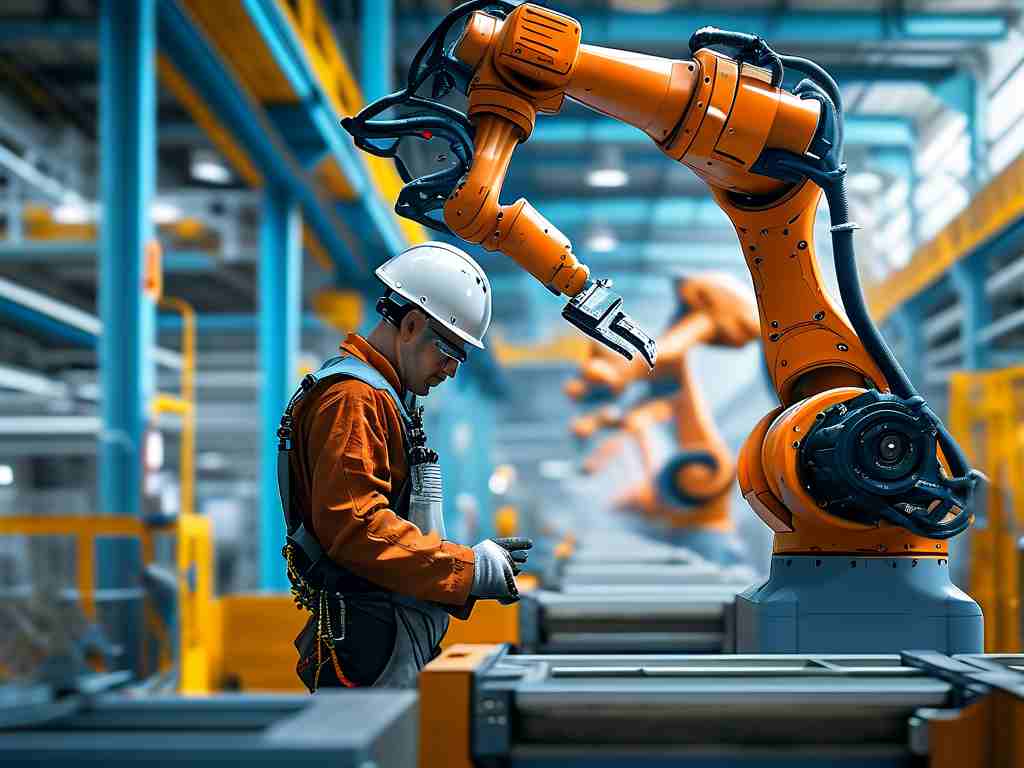
Core Components of Industrial Robotics
At the heart of industrial robotics lies the manipulator, a mechanical arm with joints mimicking human motion. This structure is powered by servo motors and controlled by a central processing unit (CPU) that executes coded instructions. Sensors, such as vision systems or force-torque detectors, enable robots to interact dynamically with their surroundings. For example, in automotive assembly lines, robots use 3D vision to identify and weld car parts accurately. End-effectors—the tools attached to the robot’s arm—vary based on tasks, from grippers for material handling to laser cutters for precision machining.
Applications Across Industries
Industrial robots are ubiquitous in sectors demanding high-volume production. In automotive manufacturing, they handle welding, painting, and component assembly, reducing cycle times by up to 50%. The electronics industry relies on SCARA robots for rapid PCB assembly, where millimeter-level accuracy is critical. Meanwhile, palletizing robots in logistics warehouses stack goods 24/7, optimizing supply chain efficiency. Emerging applications include collaborative robots (cobots) working alongside humans in pharmaceuticals, performing repetitive tasks like vial sorting while ensuring safety through force-limiting mechanisms.
Advantages Over Manual Labor
The primary advantage of industrial robotics is enhanced productivity. Robots operate continuously without fatigue, maintaining consistent output quality. For instance, a single robotic arm in a food packaging facility can seal 200 products per minute—a rate unachievable manually. Additionally, they minimize human exposure to hazardous conditions, such as chemical handling in metal plating. From a financial perspective, while initial investment is high, robots reduce long-term labor costs and waste, offering ROI within 2–3 years in many cases.
Challenges and Limitations
Despite their benefits, industrial robots face constraints. High upfront costs and the need for specialized programming expertise remain barriers for small enterprises. Retrofitting legacy systems with robotics often requires infrastructure upgrades, such as reinforced flooring or electrical modifications. Moreover, tasks requiring nuanced decision-making—like inspecting irregularly shaped objects for defects—still challenge even AI-enhanced robots. Maintenance complexities, including calibrating sensors or replacing worn actuators, further demand technical support.
The Future of Industrial Robotics
Advancements in AI and IoT are reshaping this field. Machine learning algorithms now enable robots to self-optimize processes. For example, a robot might analyze historical data to adjust its welding parameters in real-time, improving joint strength. Meanwhile, IoT connectivity allows fleets of robots to share performance metrics, enabling predictive maintenance. Another trend is the rise of mobile manipulators—robots mounted on autonomous guided vehicles (AGVs)—that transport materials across factories without fixed tracks.
In , industrial robotics technology is a cornerstone of modern manufacturing, driving efficiency and innovation. As AI and connectivity evolve, these systems will become more intuitive, bridging the gap between fully automated and human-collaborative workflows. Businesses adopting this technology today position themselves competitively for tomorrow’s industrial landscape.


